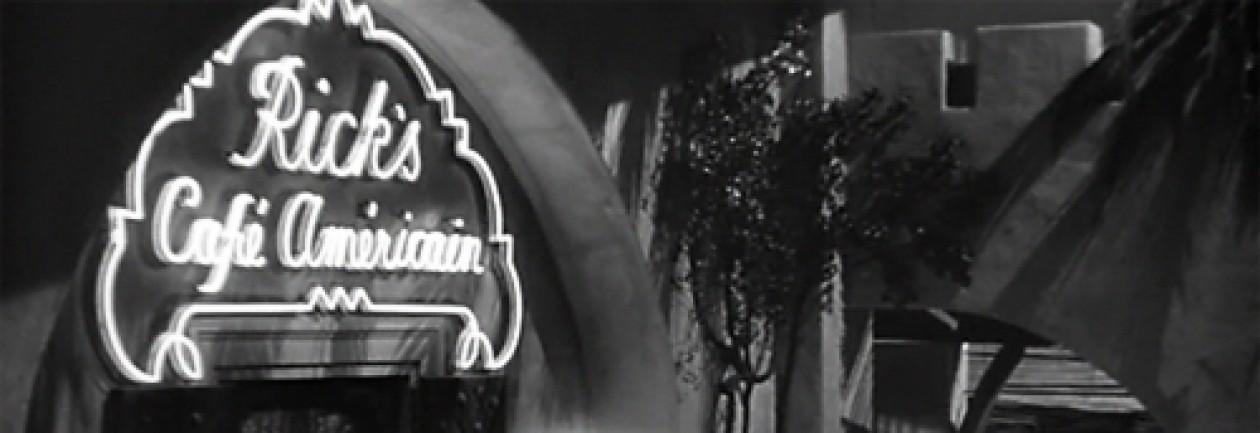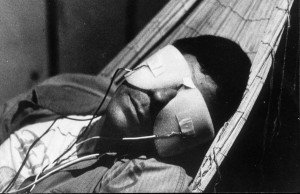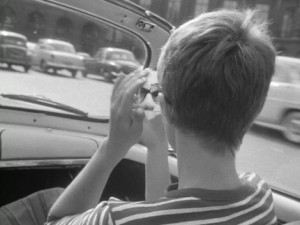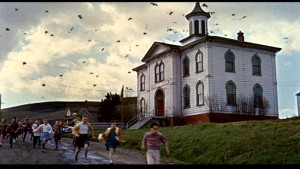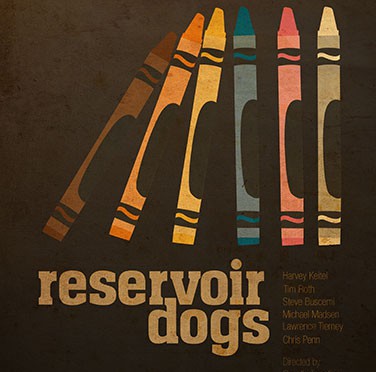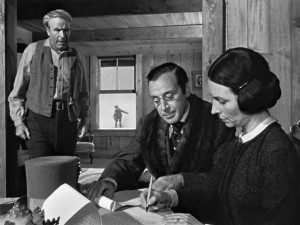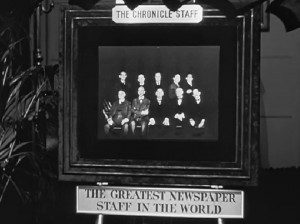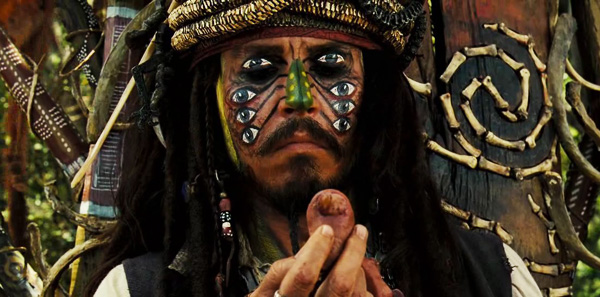It seems fitting to discuss endings as our class draws to a close. For this last homework assignment, please consider the importance of endings to films and discuss one of your favorite endings. Note how the ending to Truffaut’s 400 Blows ended with the freeze frame of Antoine facing the camera, an ending that is intentionally ambiguous, forcing the viewer to continue the story. The ending to Truffaut’s film is so iconic that it is frequently quoted or parodied. See this short clip that shows how Truffaut’s ending was used for the final shot of Nelson’s film in a Simpsons episode. To complete this homework assignment, please submit your favorite endings in a comment.
Homework #10 is DUE by Tuesday December 15th (2 days BEFORE the in-class Final Exam). Everyone should submit a COMMENT to my post.
